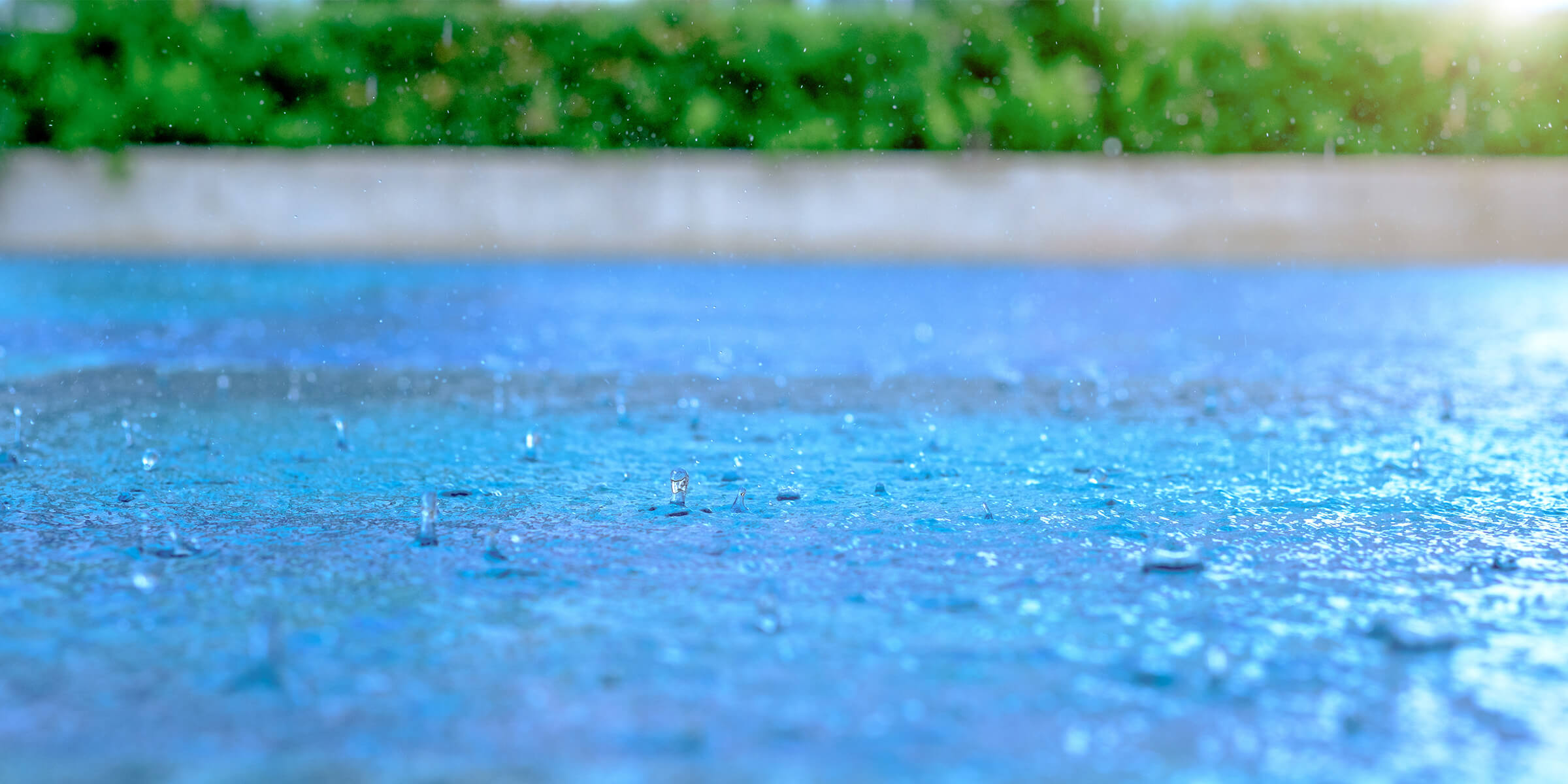
With all the rain we’ve had, has your pool water level got to the point where it is now overflowing?
If it has, it’s important that you get and keep your pool level in check as, apart from flooding your backyard and equipment, it can influence your pool water chemistry. The optimum pool water level is roughly in the middle of your skimmer box.

Reducing Your Pool water level
Depending on the type of filter you have there are two ways you can reduce your water level;
 1) Media Filter (commonly known as sand filter)
1) Media Filter (commonly known as sand filter)
Firstly, make sure the pump is off before adjusting anything to drain your pool water level. On the multiport valve adjust the handle to ‘waste’. Turn the pump on and the excess water will be directed to your waste line. Keep a close eye on your water level as it will not take long for it to reach the desired level.
 If you have not backwashed your filter and you have noticed the purity in your water is not same, or that the filter requires more pressure for water to flow through, it may also be the perfect opportunity to backwash your filter. Instead of adjusting your multiport valve to waste, point the handle to ‘backwash’. you will need to backwash your filter until your sight indicator on the side of you filter is clear. Before adjusting the handle on the multiport back to filter you will need to set it to rinse. Rule of thumb is rinse should take about half the time you required to backwash your filter. Remember each time you need to adjust the multiport valve you need to turn the pump of first, then turn it back on for each operation.
If you have not backwashed your filter and you have noticed the purity in your water is not same, or that the filter requires more pressure for water to flow through, it may also be the perfect opportunity to backwash your filter. Instead of adjusting your multiport valve to waste, point the handle to ‘backwash’. you will need to backwash your filter until your sight indicator on the side of you filter is clear. Before adjusting the handle on the multiport back to filter you will need to set it to rinse. Rule of thumb is rinse should take about half the time you required to backwash your filter. Remember each time you need to adjust the multiport valve you need to turn the pump of first, then turn it back on for each operation.
Once you have decreased your pool water down to the desired level, make sure you turn the pump off and then adjust the multiport valve back to ‘filter’ and continue to run your filtration as per normal.
 2. Cartridge Filter (image of a HY-CLOR cartridge filter)
2. Cartridge Filter (image of a HY-CLOR cartridge filter)
If you have a cartridge filter you can use the drain port, typically found at the bottom of the filter tank. You could also attach a spigot on these ports and then attach a standard garden hose which you can run directly into your waste line.

Pool Water Chemistry
With all the rain that has got into the pool, your pool water chemistry will, more than likely, no longer be in balance. Your active chlorine levels will undoubtedly have been reduced and, if you have a salt chlorinated pool, you may need to add a few bags of salt.
We recommend that you get your pool water tested, either at your local Bunnings or using the HY-CLOR water test app, to ascertain what is required to get the pool back into balance. Your pool may look clear, however, this does not necessarily mean that it is in the correct balance and, untreated, it can quickly turn into a green pool in matter of days. If, unfortunately, your pool has gone green watch our green pool recovery video for advice on how to get it back to its sparkling best.If you are looking for bracelet. There’s something to suit every look, from body-hugging to structured, from cuffs to chain chain bracelet and cuffs.
In many instances, the rain will have washed in organic matter such as soil, dirt, leaves etc. resulting in making your pool cloudy with you no longer being able to see the bottom of the pool. A very good way to rectify this is through the process of ‘shocking and flocking’ the pool. Shocking the pool with Liquid Chlorine will raise the chlorine level to kill any harmful bacteria and algae washed into the pool as a result of the rain. After waiting 30 minutes you can floc you pool by adding (HY-CLOR Super-Floc). Floccing the pool will target suspended particles, making them heavy and, as a result, drop them to the pools surface. You then need to vacuum these to waste. If your pool water level is overflowing, we recommend you allow approximately 10cm above your desired water line so you can vacuum to waste.
A lot of the above challenges with a cloudy pool, or green pool for that matter, can be prevented by implementing a Preventative Pool Maintenance regime all year round. To learn more about this read our handy tips on ‘prevention is better than cure’.



